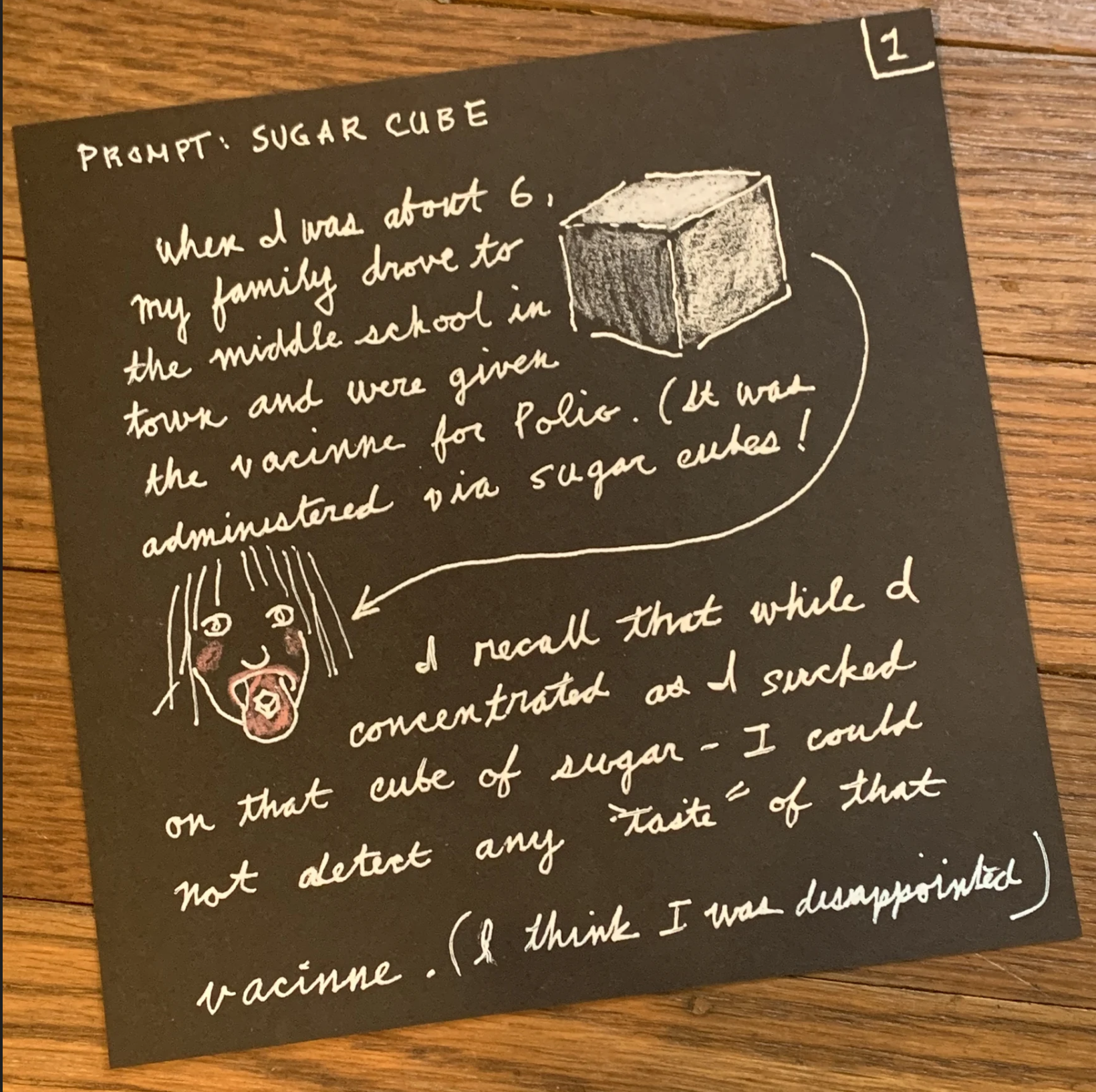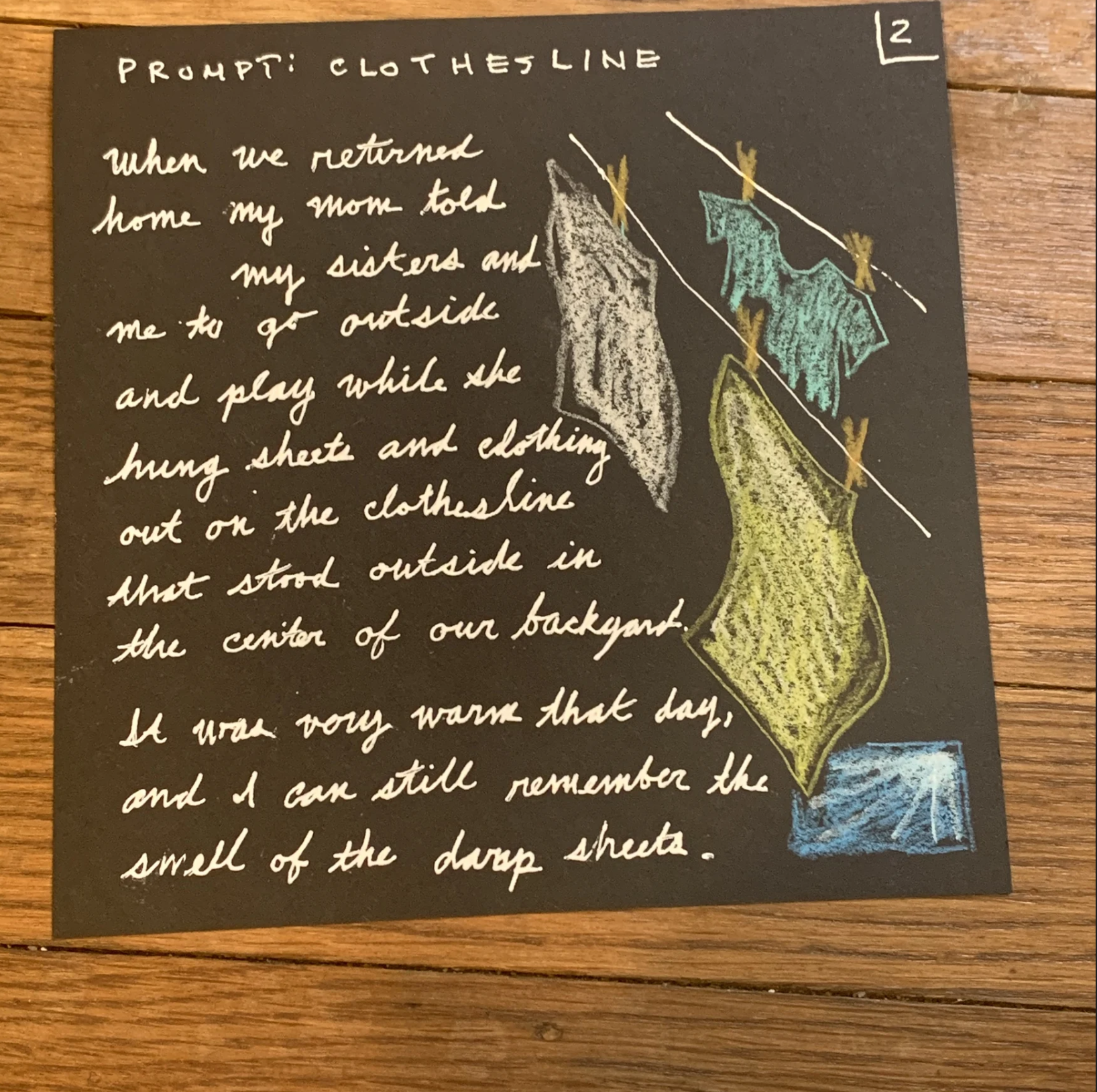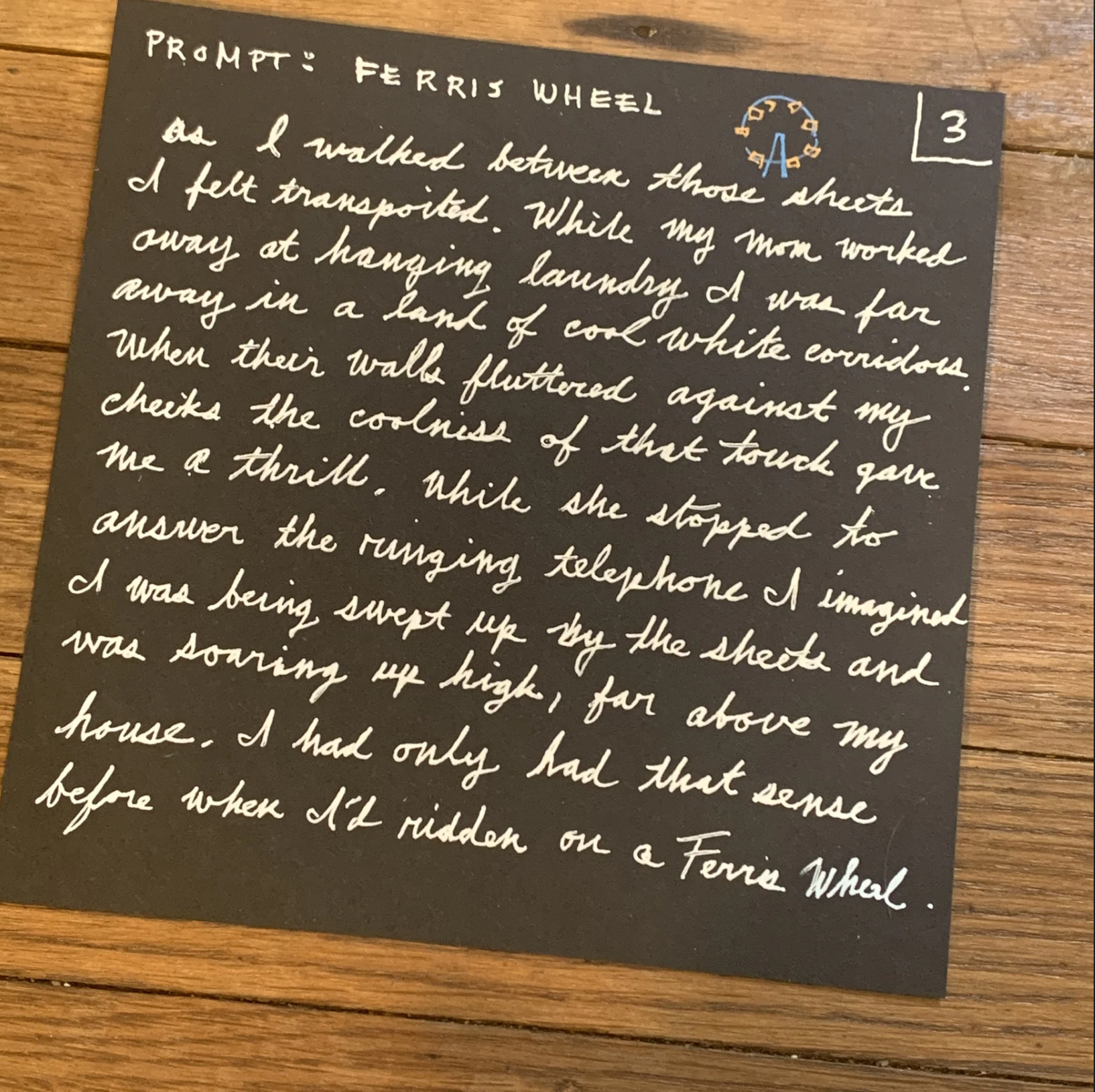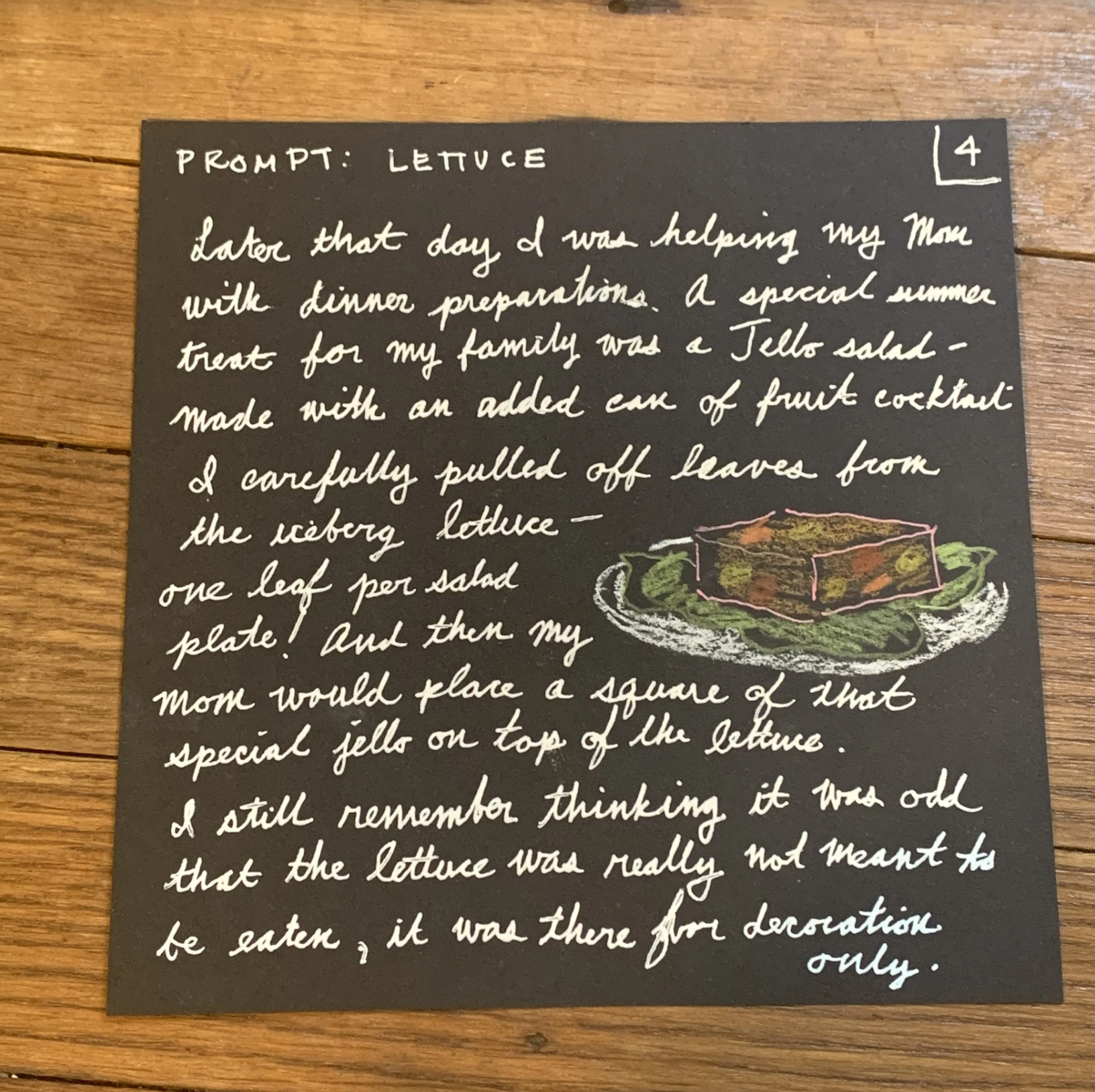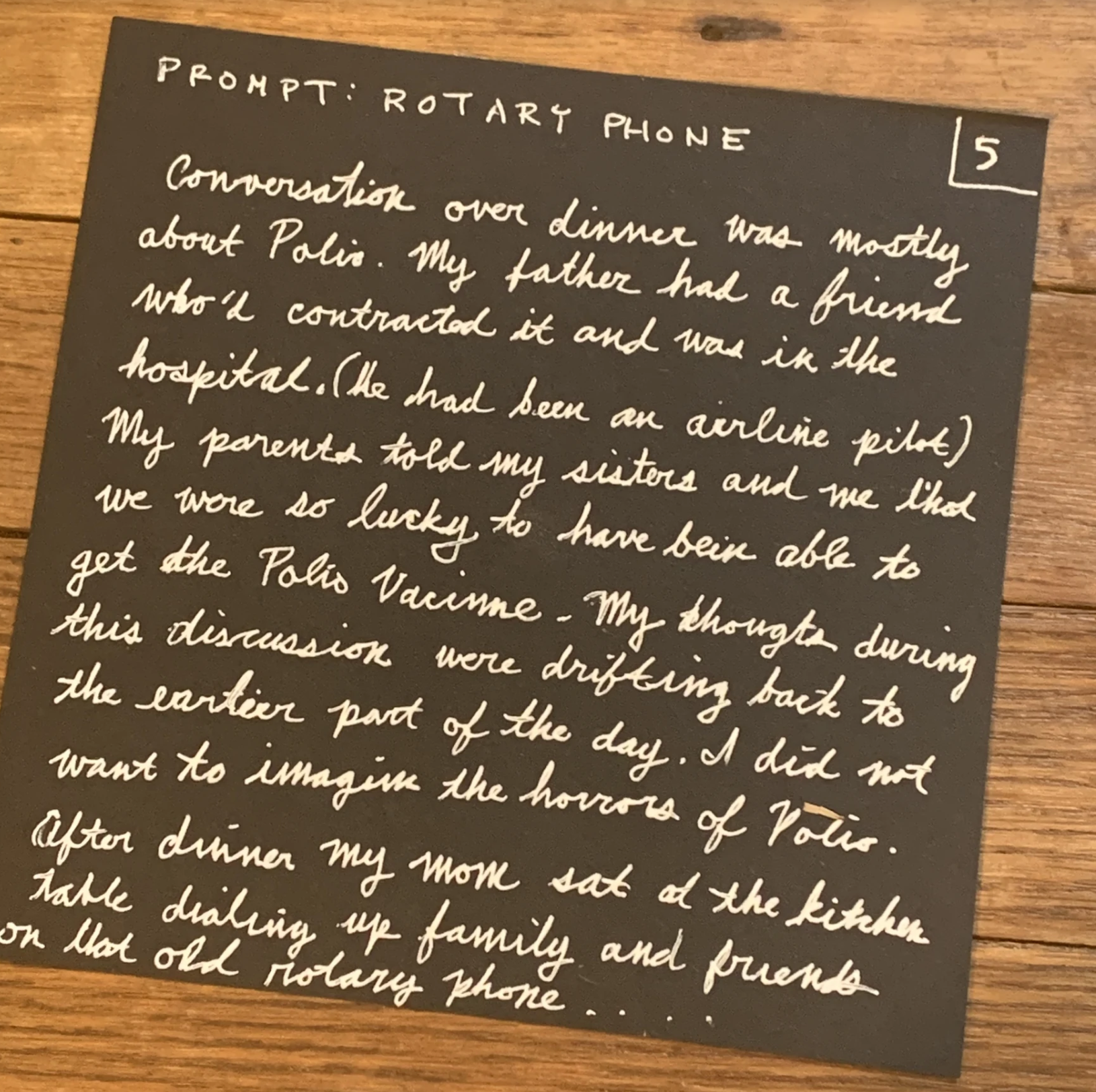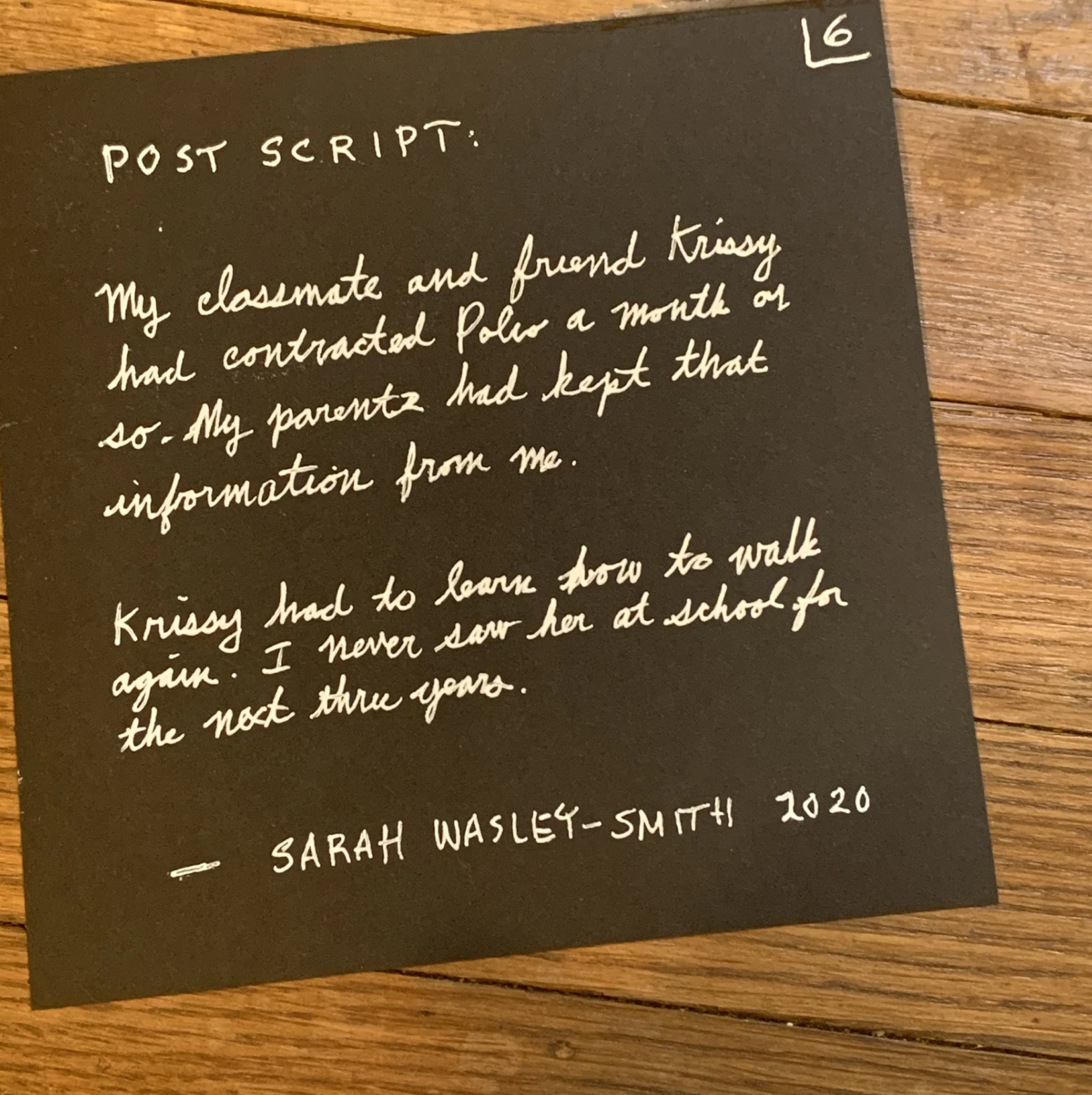85. Wisdom – Sister Peace
We all have some ideas that are engraved in us, these judgments and falsehoods that hold us back.
As I sit here in Santa Fe, New Mexico, this morning, I think of an experience I had recently. Just a few days ago, I went to the city’s historic Plaza, where protestors were celebrating the mayor’s order to remove an obelisk erected in 1868, engraved with the words: “To the heroes who have fallen in the various battles with the ______ Indians in the Territory of New Mexico.”
One Native American woman got up and told the story of how, for over a century, the blank was engraved with the word “savage.” Then in 1974, her grandfather dressed up in a blonde wig and a pair of coveralls so that he’d look more “official,” went up to the monument and chiseled it out. To me, it’s a powerful metaphor. It speaks not only to these external monuments, but also to what is engraved inside of us.
It brought me back to the first time I went to Africa, to visit one of our Buddhist communities in Botswana. I have many indelible memories from that trip, including the experience of being surrounded by mostly black folk—an amazing thing!—and seeing so many in positions of power. I also see the moment when I was dining with a gorgeous African human rights activist and attorney.
She was a total dynamo, but still I had a moment of doubt: Could she really be all that? I knew immediately where that idea came from. I was arcing back in history, back to when I was growing up, when there was this question, even among black people, of whether you should hire a black attorney, or go to black doctor—or should you get a white one?
I was surprised to learn that I’d retained that doubt—that small sense that we were a little bit less than. One of the lasting legacies of both colonization and racial oppression is how they truly made the colonized and the oppressed believe that they were inferior.
We all have some ideas that are engraved in us, these judgments and falsehoods that hold us back. So as we’re recognizing the damage done by these false heroes, may we think of this beautiful Native American man who put his life on the line to carve out what was engraved. May we also identify the damaging monuments we carry inside us—and begin dismantling those too.
– Sister Peace
Prompt:
What monuments do you carry inside you that are engraved with harmful beliefs or represent damaging legacies? What would it take to dismantle them? What could you put in their place that is loving, kind, joyful, and true?
Anonymous
Lorelle Mariel Murzello
Location: Mumbai, India
About: My name is Lorelle. I'd never really thought of these harmful beliefs as monuments before. But, I thought it was interesting---they become strong beliefs that we judge ourselves and the world by because we as a society make them strong, and have historically given into its negativity. This prompt helped me challenge those very ideas that have brought me down and sometimes continue to do so.
Age: 25
"Monuments"
Set in the deepest core of my heart
There are monuments built of stone,
They spew self-hate and misery
And aren't very nice to own.
Out of lost opportunities,
Sorrow and grief took form
Not sure when distrust came along
And became the new norm.
The only condition of a life well-lived
Was the pillar of beauty
And to then not conform to society
Would be a neglect of duty
I'd like to demolish these monuments
But, maybe not in a day
By nesting self-love and compassion
I will try to find a way.




